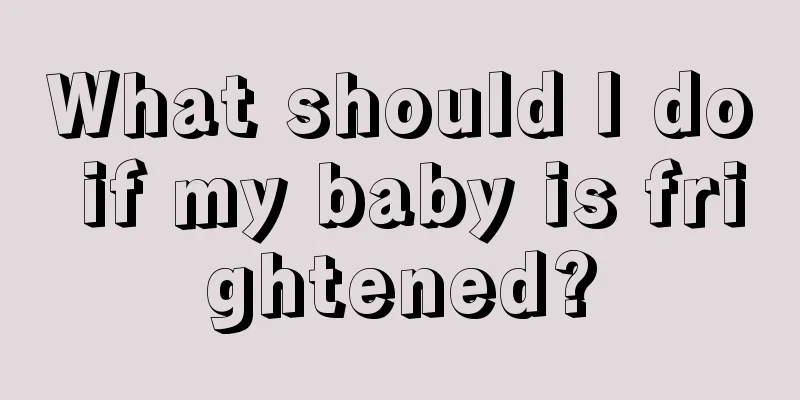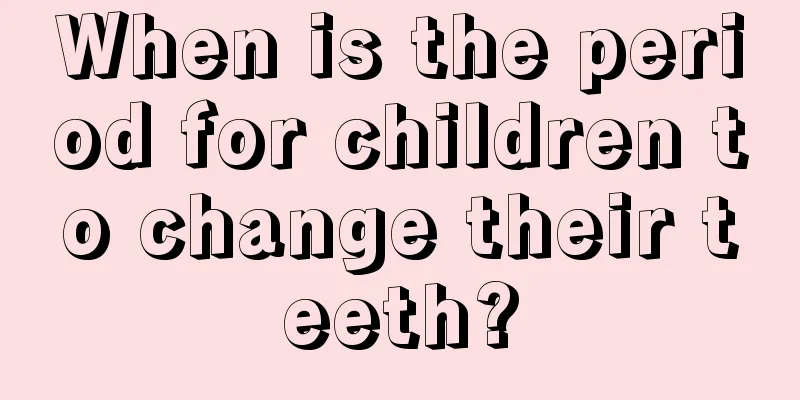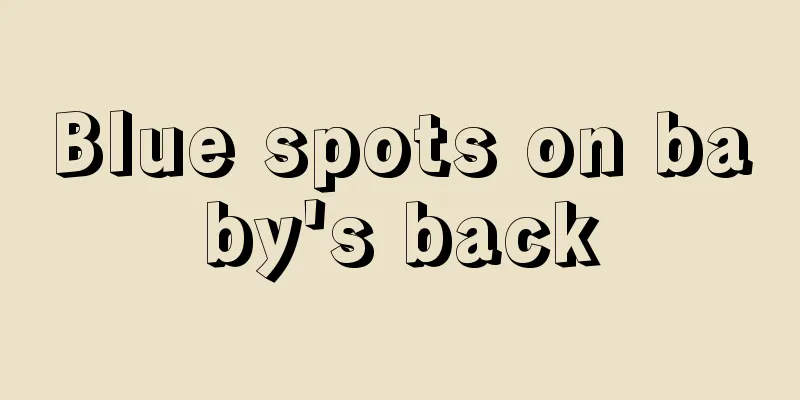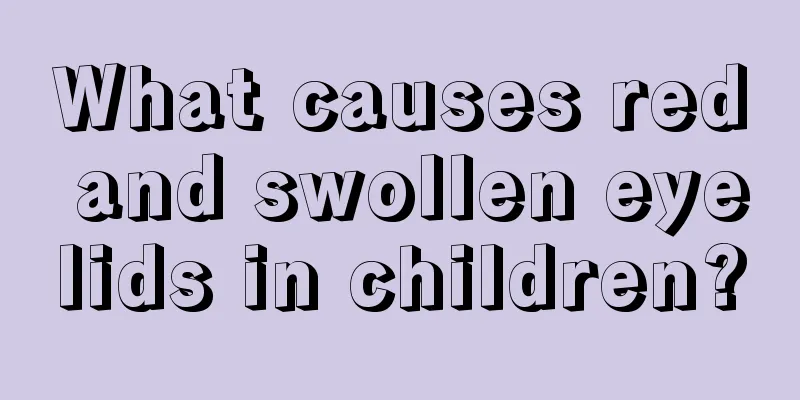Symptoms and treatment of rhinitis in children
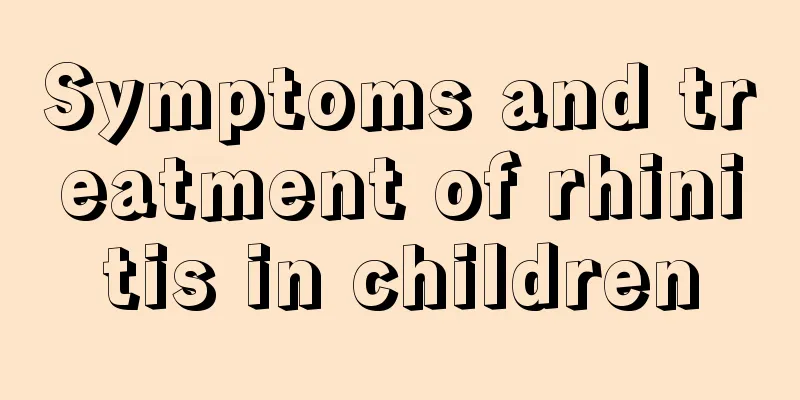
|
Pediatric rhinitis is one of the most concerned diseases nowadays. Some children have weak resistance and are prone to rhinitis, sinusitis and other diseases. And once contracted, the disease is difficult to treat. What are the symptoms and treatments of rhinitis in children? We first start with the symptoms of rhinitis in children. The most basic symptoms in children are runny nose and cough. The mucus is in a pus-like shape, which is different from the mucus caused by a common cold, so you should pay more attention to this in your daily life. Most cases of rhinitis in children are allergic, with symptoms including nasal congestion, sneezing when exposed to cold air, clear nasal discharge, postnasal drip, memory loss, and poor sense of smell. Many children may also experience itchy nose, itchy eyes and tearful eyes, which are manifested by repeated rubbing of the nose (picking the nose) and rubbing of the eyes, which is called allergic rhinitis and conjunctivitis. Allergic rhinitis in children refers to the allergic reaction of the nasal mucosa to dust mites, mold, cold air, pollen, food (eggs, fish and shrimp), bacterial infection (such as bacteria and toxins), etc. It is a common chronic nasal mucosal congestion reaction. Symptoms of rhinitis in children 1. Chronic rhinitis in children It is characterized by cold nose and loss of smell. In chronic simple rhinitis, nasal congestion is relieved during daytime activities, but worsens at night or when sitting still. When lying on one side, the lower nasal cavity is blocked, while the upper nasal cavity is well ventilated. When lying on the other side, nasal congestion occurs in the other nasal cavity. The nasal discharge is mucous and is often accompanied by headache, dizziness, decreased sense of smell, etc. Chronic hypertrophic rhinitis is often characterized by persistent nasal congestion, mucous or mucopurulent nasal discharge, and may also cause tinnitus, hearing loss, headache, insomnia, mental depression, etc. 2. Acute rhinitis in children At the onset of the disease, there is mild chills and fever, general discomfort, a burning sensation in the nasopharynx, dryness, itching, and sneezing in the nose. After 1 to 2 days, the patient gradually develops nasal congestion, a large amount of clear nasal discharge, decreased sense of smell, and headache. After 3-4 days, due to secondary infection, the secretions turn into yellow purulent nasal discharge that is difficult to blow out, and the nasal congestion becomes more severe. If there are no complications, recovery will occur in about a week. The most fundamental health care measure for children's allergic rhinitis is to understand the substances that cause children's allergies, that is, allergens, and try to avoid them. When symptoms mainly occur outdoors: Outdoor activities should be limited as much as possible, especially contact with flowers, plants, rotten leaves, and catkins. Wear a mask when going out, or go to the seaside where there are fewer allergens. In addition to the symptoms of pediatric rhinitis mentioned above, there are runny nose and cough. There are also many symptoms in children. For example, headache and dizziness. If your child has rhinitis, please seek treatment as soon as possible. Otherwise, it will cause memory loss in children in the later years and affect their future. So what are the symptoms and treatments of pediatric rhinitis? In the treatment of pediatric rhinitis, we try to reduce the use of drugs and use diet therapy to treat pediatric rhinitis. |
<<: What are the differences between rhinitis and sinusitis in children?
>>: How to treat allergic rhinitis in children?
Recommend
What is the appropriate height of pillow for a one-year-old baby?
Newborn babies do not need pillows. This is a hab...
How to make children's bone soup
Childhood is the period of rapid growth and devel...
What to do if your child's immunity is reduced? Try this
Immunity is a defense mechanism that can prevent ...
What to do if your newborn refuses to sleep
Some parents report that their babies always refu...
Can low calcium in children cause convulsions?
Hypocalcemia convulsions in children are a very c...
Eight month old baby shaking his head
Many babies always shake their heads inadvertentl...
How to quickly digest food for children with indigestion
The most common disease in pediatrics is indigest...
What are the symptoms of vestibular dysfunction?
Vestibular dysfunction is a relatively serious di...
What causes vascular malformations in babies?
For many children, some diseases are more common ...
Can children bask in the sun when they have a fever?
There are many reasons why children have a fever....
What can children use to wash their faces to make them whiter?
Parents all hope that their children have fair an...
Is it easy to cure anal atresia in newborns?
The anus is a very important part of the human bo...
What disease will a child develop when he is forced to cut his palm?
In life, when many children are sick, doctors wil...
What to do if your baby has a red throat and fever
Fever is a common clinical disease. Fever may occ...
What to do if your eight-month-old baby crosses his eyes
We often see many newborn babies with crossed eye...
